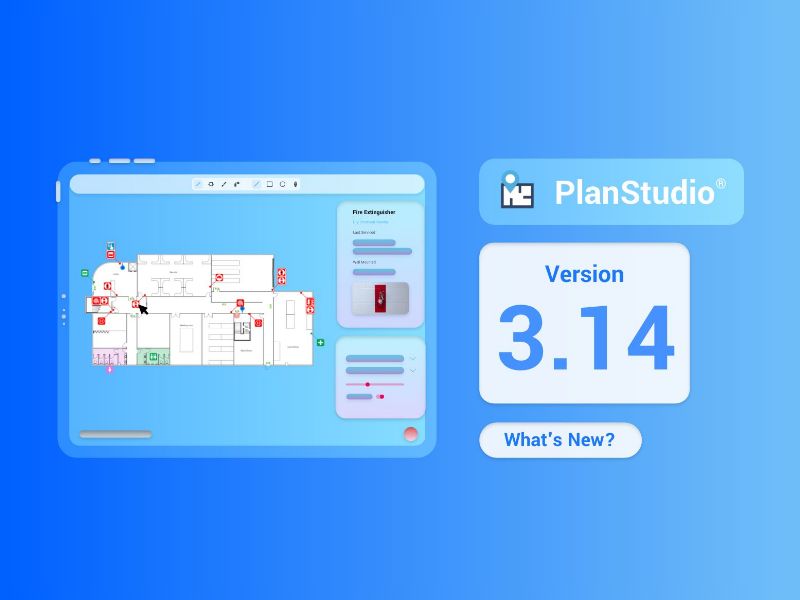Written by
Hamish Thomson
Published on
August 5, 2021
A PlanStudio Digital Twin
The collapse of Champlain Towers South in Surfside, Florida on 24 June 2021, is a tragic event that won’t be forgotten. Fire fighters searched through the ruins for almost a month to locate the 98th deceased occupant, terrible outcome and completely avoidable.
Investigations into how and why this occurred will be ongoing, but it won’t change the horror and loss experienced on that day for the families, community and first responders.
As with other building collapses, the data available on the building is critical to the rescue mission. Where are people trapped? What hazards in the building could make the rescue mission more challenging? What infrastructure may be damaged and pose a threat? This is something that Locatrix’s clients and partners are well aware of and attending to risk planning for such events.
In Australia we are fortunate to have very strict building codes and processes – but as we have seen with the Opal Towers in Homebush in Sydney, they are not fool proof. Building plans change from design to construction due to variation requests – the search for more feasible outcomes in construction materials, a forced change in construction materials due to high demand and supply issues, a better option in materials coming onto the market. There are many reasons why variations happen throughout a building process and they are sometimes very difficult to anticipate or mediate.
Asbestos was once considered the miracle material. It was used heavily in construction due a number of benefits that were hard to ignore: materials were cheap, durable, lightweight and could offer scientific benefits that many buildings lacked at the time. It wasn’t until 1990 that the use of asbestos in Australian was ceased due to the discovery that exposure to asbestos fibres and dust can result in asbestos diseases. Just like Asbestos, there is the recent cladding issue where at the time, was considered a great solution for making a building more attractive, to shelter it from wind and weather and to assist with insulation measures. It didn’t take long for the discovery to be made that it was highly flammable and could spread a fire rapidly to higher levels of a Highrise and externally building, compromising the compartmentation provided in the building’s structure and evacuation methods.
There are no fast answers to these questions but there is a way to know more – and to share more of this information with the first responders that need to know it most of all.
Many new buildings are now benefiting from the innovative technology a Digital Twin provides. This is where the process of construction is modelled digitally prior to construction or where proposed changes to materials/methods can be tested out virtually before the heavy investment of construction. This is great for all the new builds that can afford this technology but what do we do about the old buildings that have inherited the problems like asbestos or friable cladding?
In the instance of a building collapse, how can we know that rooms are under each level in order to locate occupants in order to rescue them? How do we know what rooms to evacuate first and out of what exit with there is a structural issue with the level above?
With this data collected and safety stored to ISO27001 security standards, it is only shared with whom the building owner wants to share it with – and on top of that list should be Emergency Services. We call it the ESP (Emergency Services Platform).


.png)